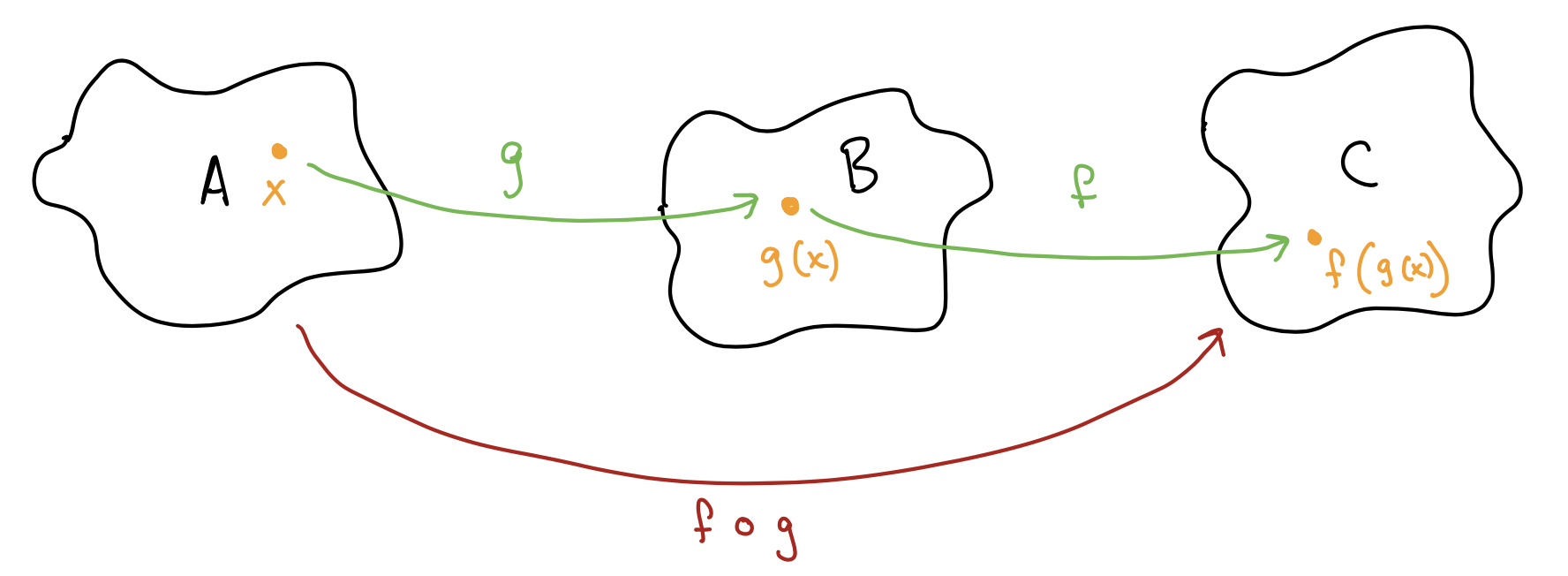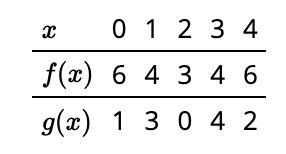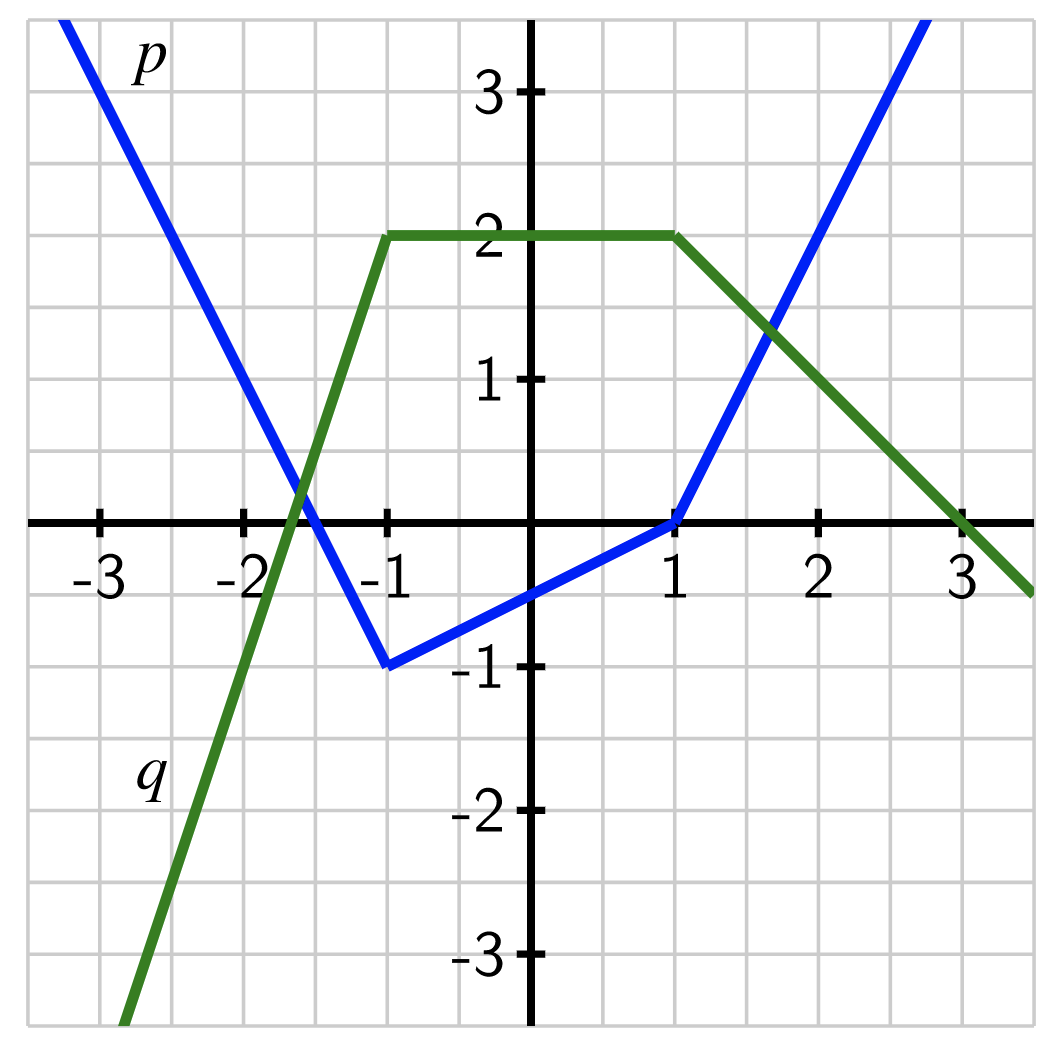Example 1.7.1.
Using Dolbear’s model, what is the temperature in degrees Celsius assuming we observe crickets chirping at 80 chirps per minute?
Solution.
First, we compute that the temperature in degrees Fahrenheit is
\begin{equation*}
F = D(80) = 40+0.25(80) = 60\text{.}
\end{equation*}
It remains only to convert this Fahrenheit temperature to degrees Celsius:
\begin{equation*}
C = G(60) = \frac{5}{9}(60-32) = \frac{140}{9} =15\frac{5}{9}^\circ C\text{.}
\end{equation*}
Thus, if crickets chirp at 80 chirps per minute, Dolbear’s model predicts the temperature is \(9^\circ C\text{.}\)



